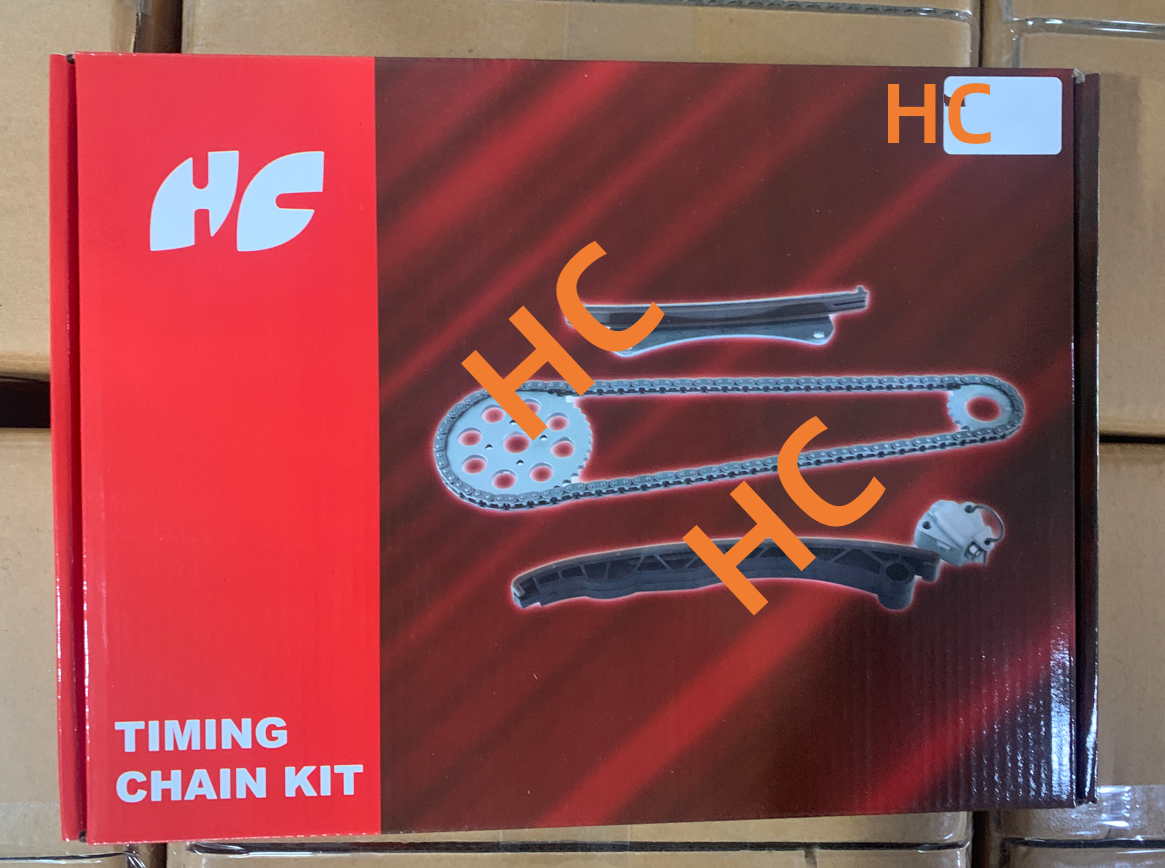What are the troubles of continuing to drive a car that has been in use for over 15 years?
1. Aging of mechanical components
Over time, the mechanical components of the vehicle will gradually age. This includes key components such as the engine, transmission, suspension system, and braking system. Aging components may lead to performance degradation and even sudden malfunctions, posing a hidden danger to driving safety.
2. Increase in maintenance costs
The maintenance cost of old vehicles usually increases with the age of the vehicle. Some components may need to be replaced frequently, and as the car model is updated, it may become increasingly difficult to find parts for old models, leading to an increase in maintenance costs.
3. Challenges of emission standards
With the increasingly strict environmental regulations, old vehicles may find it difficult to meet new emission standards. This means that in some cities or regions, old vehicles may be subject to restrictions or prohibitions.
4. The increase in insurance costs
When insurance companies provide insurance for old vehicles, they may consider the maintenance costs and accident risks of the vehicles, thereby increasing insurance costs. In addition, some insurance companies may not be willing to provide comprehensive insurance for very old vehicles.
5. Reduction of vehicle safety
With the development of automotive technology, new cars usually have significant improvements in safety compared to older vehicles. Old vehicles may lack some modern safety features, such as multiple airbags, electronic stability programs, etc., which may increase the risk of passenger injury in the event of an accident.
6. The decline in vehicle performance
The power performance, handling performance, and comfort of old vehicles may not be comparable to those of new cars. Problems such as decreased engine power, increased fuel consumption, and hardened suspension systems can all affect the driving experience.

Response suggestions
1. Regular maintenance: Even if the vehicle is old, regular maintenance and inspection are still very important. This can help identify potential problems in a timely manner and reduce the likelihood of malfunctions occurring.
2. Timely replacement: For severely aged components, they should be replaced in a timely manner to ensure the basic performance and safety of the vehicle.
3. Consider upgrading: As the service life of the vehicle increases, its market value may decrease. When deciding whether to continue investing in maintenance costs, consideration should be given to the actual value of the vehicle and the economic benefits of maintenance. If the maintenance cost of old vehicles is too high or cannot meet environmental and safety requirements, upgrading to a new car may be a more economical and safer option.
4. Purchase insurance: Purchase appropriate insurance for old vehicles to ensure sufficient protection in the event of an accident.
5. Compliance with regulations: Understand and comply with local traffic regulations and environmental requirements to avoid penalties for violations.
6. Driving habit adjustment: When driving an old car, avoid behaviors such as excessive acceleration and sudden braking that cause additional pressure on the vehicle. Mild driving habits can help reduce wear and tear on mechanical components of old cars.
epilogue
Although old vehicles may bring a series of troubles, through reasonable maintenance and management, the service life of vehicles can still be extended.
However, when the maintenance cost and usage risk of the vehicle exceed a certain limit, considering a new car replacement may be a wiser choice. Remember, whether the vehicle is old or new, safe driving is always the most important thing.
